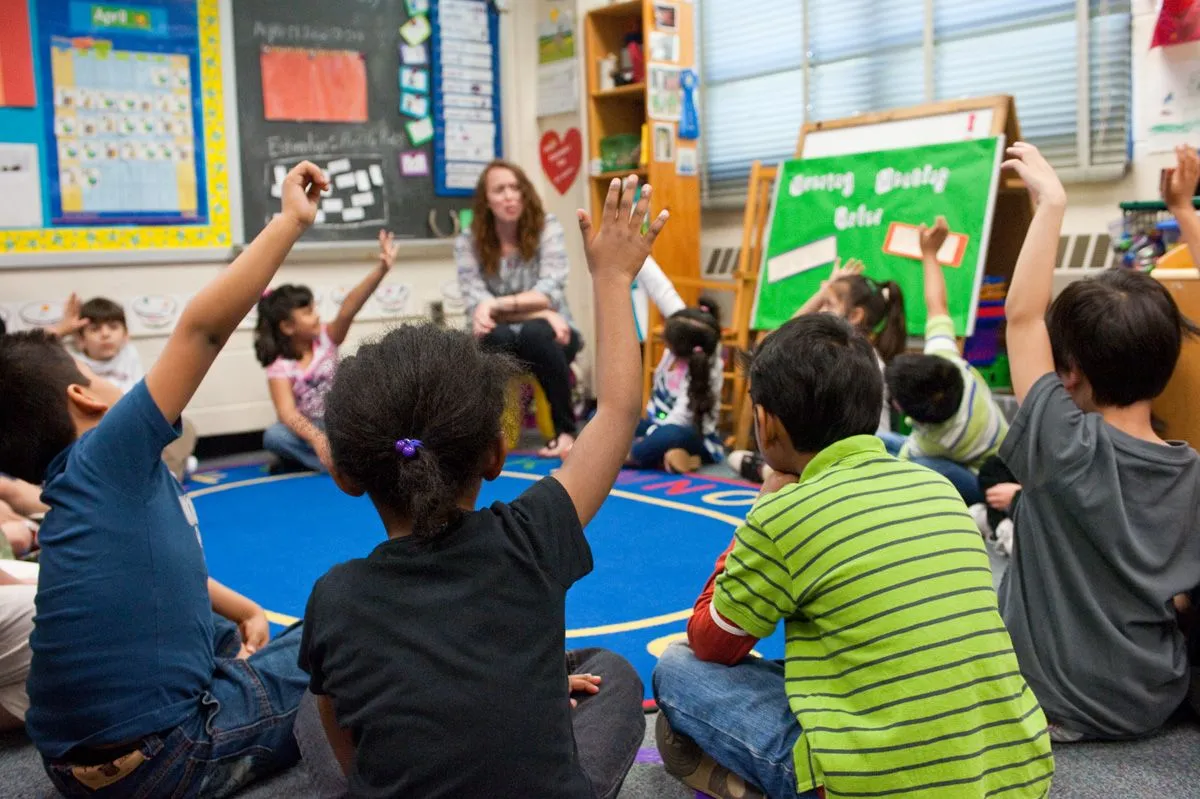
Beyond lesson ideas and textbooks, a classroom can be made nurturing. It's about helping pupils feel like they belong and are a team. This is where the idea of creating a sense of community within the classroom is useful. We'll discuss the value of classroom community in this blog article and look at eight original strategies for giving your kids a strong sense of belonging.
What is a Classroom Community?
The term "classroom community" describes a classroom's intellectual, social, and emotional climate where students have a sense of belonging, support, and value from one another. It's about establishing an environment where each student may succeed academically and socially and feels like they belong.
Why is Classroom Community Important?
In the classroom, community building is important for several reasons. First of all, it creates a welcoming atmosphere in the classroom where students are encouraged to express themselves and take chances in their studies. Students are more likely to participate fully in class activities and conversations when they feel connected to their teachers and peers.
Furthermore, kids who are part of a healthy classroom community are more collaborative, empathetic, and respectful. These are vital life skills that kids need for success in the classroom and in other areas of their lives, such as their future academic and professional pursuits.
Furthermore, the general well-being and academic achievement of pupils are strongly influenced by a feeling of belonging. Students are more inclined to attend class, participate in it, and aim for greatness when they feel like they belong.
Now, let's explore eight effective strategies for building a strong classroom community:
Use Note Cards to Share Fun Facts
Students should write humorous information about themselves on a note card at the beginning of each class period. To help everyone get to know their peers better, encourage them to present their facts to the class. Through connections and shared interests, this exercise helps kids develop a sense of camaraderie.
Make Kindness Chains
Introduce the idea of kindness chains, in which students write on paper strips of acts of kindness they have seen or experienced. Display the longer chains in the classroom as a visual aid to the beneficial effects of kindness. With this exercise, students may foster a culture of compassion and empathy by encouraging one another to watch out for one another.
Talk About Filling Buckets
With your pupils, read Carol McCloud's book "Have You Filled a Bucket Today?" and talk about the idea of filling each other's buckets with positivity and love. To strengthen the supportive and appreciative atmosphere in the classroom, encourage children to identify and acknowledge acts of kindness.
Work Together Toward a Reward
Establish class-wide objectives or challenges, like obtaining a certain privilege or prize. Students are encouraged to work together, cooperate, and support one another as they work toward a common goal.
Play the Gratitude Game
Asking students to share something for which they are thankful each day will help you incorporate gratitude into your lesson plans. This easy exercise improves students' sense of community and connection by teaching them to have an optimistic outlook and to recognize the positive aspects of their lives.
Get in a Circle and Share Compliments
Students should form a circle and alternate giving each other compliments. Through this exercise, students' self-esteem is increased, positivism is encouraged, and a supportive and appreciative classroom atmosphere is developed.
Pair Students Up to Make a Venn Diagram
Students should work in pairs to make a Venn diagram that contrasts and compares their experiences, interests, and pastimes. In addition to celebrating variety in the classroom, this cooperative activity helps kids discover areas of agreement with their friends.
Give a Quick Shout-Out
At the conclusion of each class, take a moment to thank the students for their accomplishments, efforts, and contributions. The relationship between students and teachers is strengthened and positive behavior is reinforced with this modest act of acknowledgment.
Conclusion
Creating a sense of community in the classroom is a complex process that calls for deliberate work and imagination. Through the application of the tactics discussed in this blog article, educators can establish a welcoming and inclusive classroom where each student is made to feel important, respected, and accepted. Recall that creating a supportive classroom environment benefits students' social and emotional development in addition to their academic performance. Thus, let's give community building in the classroom top priority and watch our Blogs.